If eating healthy is a goal of yours this year, consider adding more beans to your diet. Not only are beans extremely affordable, which can really help stretch a grocery budget, they help prevent food cravings and are an excellent source of nutrients.
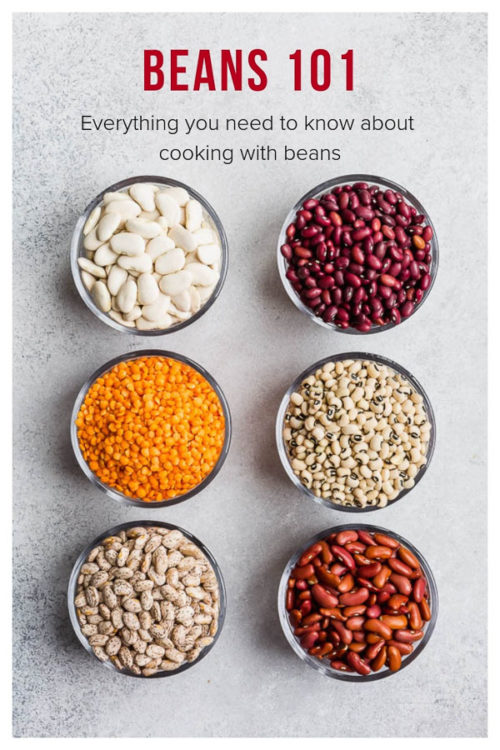
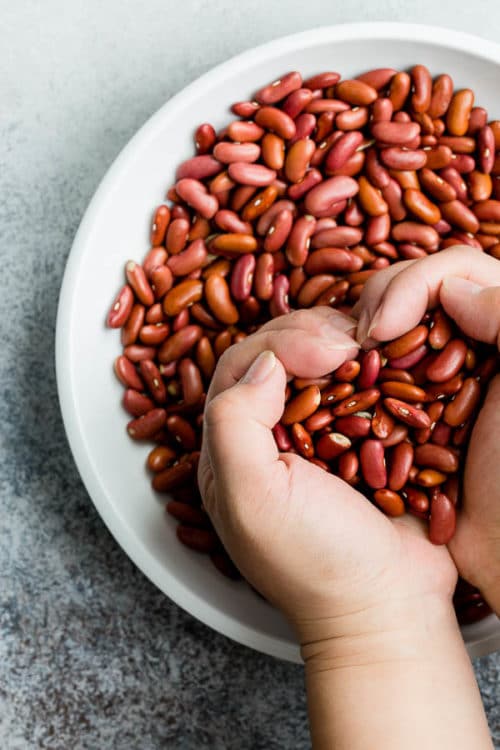
Health Benefits Associated with Eating Beans
Nutritionists recommend incorporating at least three cups of beans into your diet each week. There are so many reasons why beans should be a part of your meal plan.
Good source of protein– eating more protein makes you feel full, so you’re more likely to eat less. Additionally, protein rebuilds strong muscles after exercise.
High in fiber– your body breaks down fiber at a slower rate, making you feel fuller for a longer duration. It is also heart healthy and aids in digestion.
Rich in nutrients– beans are high in nutrients such as folate, iron, potassium and magnesium. They also contain very little fat, sodium or cholesterol.
Can reduce health risks– beans can help reduce the risk of or prevent certain diseases and conditions such as diabetes, cancer, heart disease and obesity.
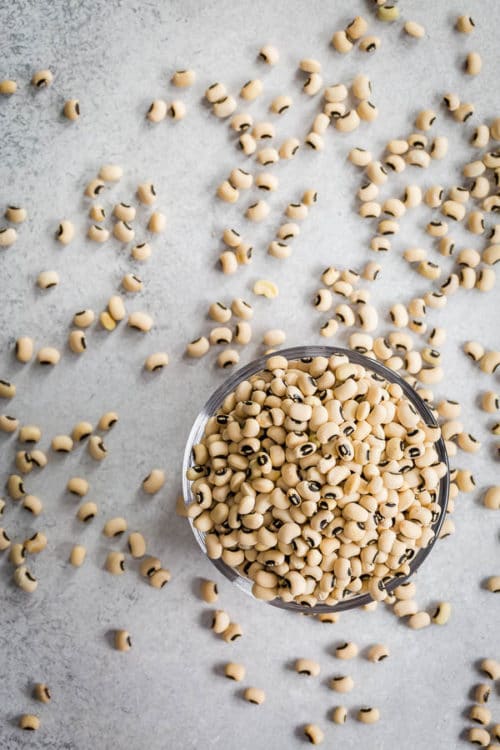
Dried vs. Canned Beans
Canned beans are convenient and nutritious. However, if you have the time to prepare them, opt for dried beans. Dried beans are cheaper per serving and contain less sodium. Some people even prefer the taste of dried beans over canned.
Why Do You Need to Soak Dried Beans?
Most recipes recommend soaking beans in cold water before cooking. One reason is to remove some of the indigestible complex sugars that can cause digestion problems. Another reason is to reduce cooking time. There are two methods you can use to soak beans.
Overnight Soak– Rinse dried beans under cool water to remove any dirt or dust. Place the beans in a bowl and cover them with three cups of water for every cup of beans. Allow the beans to soak for 6-8 hours. Drain the beans and discard the soaking water.
Quick Soak– Rinse dried beans under cool water to remove any dirt or dust. Fill a large saucepan or stock pot with cool water using the same ratio mentioned above. Bring the water to a boil and allow the beans to simmer for two minutes. Remove the pan from the stove, cover with a lid, and let them soak for one hour. Drain the beans and discard the soaking water.
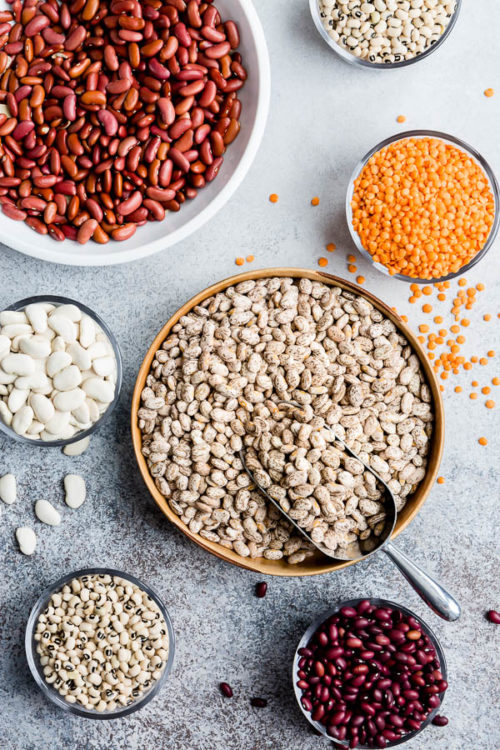
Popular Beans Used in Cooking
- Lima beans – lima beans are flat, crescent shaped and light green in color. They come in two varieties, baby lima beans and its larger cousin, Fordhooks. Lima beans are great as a side dish or when used in salads.
- Black beans – black beans are small and black in color – hence the name. They have a smooth texture and a slightly sweet flavor. They are frequently used Latin American cooking. Add them to salads, salsas, soups casserole or as a garnish for tacos.
- Black-eyed peas – though the name says pea, black-eyed peas are actually a bean. Include them in soups, as a side dish, or puree them for a non-traditional hummus recipe.
- Cannellini beans – these beans are large, white in color, with a creamy texture. They are great mixed in soups but also stand up well on their own as a side dish. Cannellini beans can often be used interchangeably with Great Northern beans and Navy beans.
- Great Northern beans – though smaller in size than cannellini beans, these white beans make a great substitute in soups and salads. Try pureeing them for a delicious dip.
- Soybeans – If you’ve ever enjoyed steamed edamame at your favorite Asian restaurant, these are actually green soybeans! You may also come across white soybeans. Use them in salads or dry them for a healthy, crunchy snack.
- Kidney beans – kidney beans come in two colors – dark red and light red. They have a firm texture and light white interior. They hold up well in dishes that require a long cooking time like red beans and rice or chili.
- Garbanzo beans – this beans also goes by the name chickpeas. These small, creamy-colored round beans are the primary ingredients in hummus. You can also add them to salads or dry them for a tasty, crunchy snack.
- Navy beans – Navy beans are small and white. They are sometimes referred to as Boston beans. They can be used interchangeable with cannellini and Great Northern beans in soups and side dishes.
- Pinto beans – these beans are dark pink with red specks. Pinto beans are the main ingredient in refried beans.
- Red beans – red beans look similar to kidney beans, but are smaller in size. They also have a milder taste and texture. However, they can be used interchangeably with kidney beans in soups and stews.
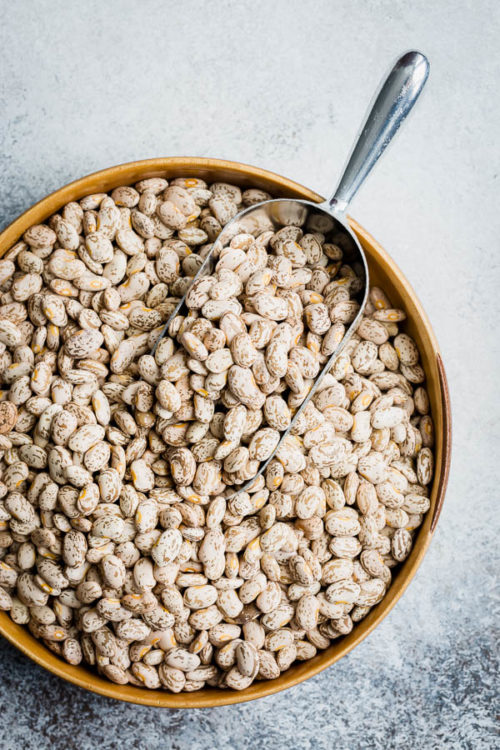
How to Store Beans
Store dried beans in a cool dry place. If you plan on storing dried beans for an extended period of time, transfer them to a food safe storage container with a tight-fitting lid to prevent them from drying out.
Store the cooked beans in the refrigerator for up to five days. However, cooked beans also freeze well! This is useful if you want to cook a big batch and save them for later. Simply store the cooked beans in their liquid in freezer safe containers or plastic zipper bags. Store cooked beans in the freezer for up to eight months. Add frozen beans directly to soups and stews without thawing. And don’t forget to measure and label the container with the amount of beans.
Two cups of cooked beans equals one standard 16-ounce can.
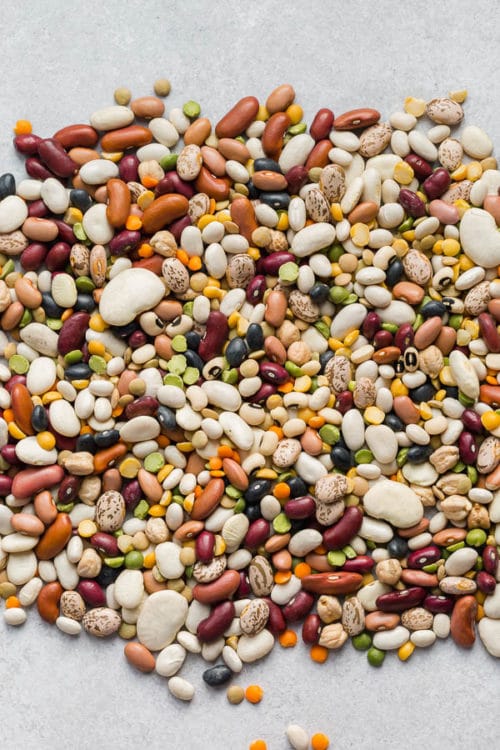
Stay connected and join Busy Cooks community:
FACEBOOK | PINTEREST | INSTAGRAM
This article was written by Lisa Bynum for Busy Cooks.
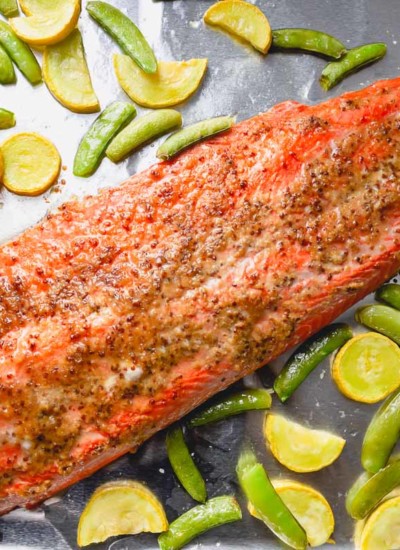
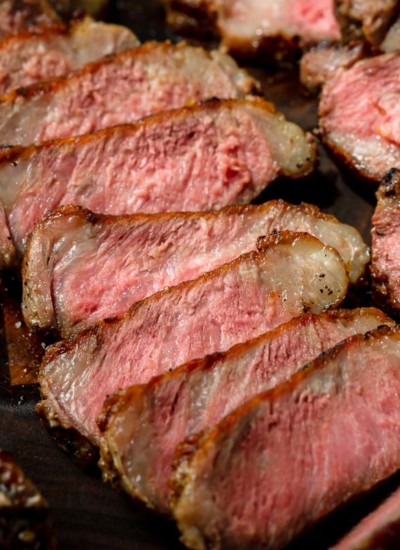
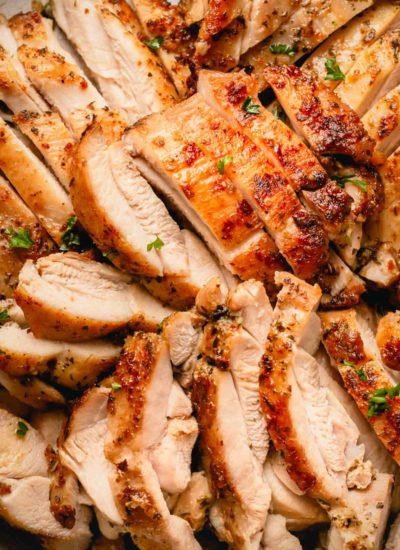
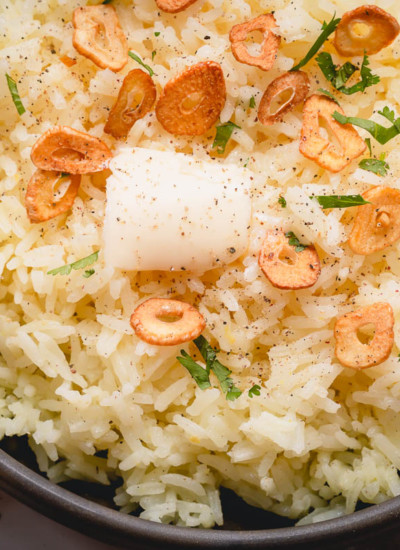

Comments + Reviews